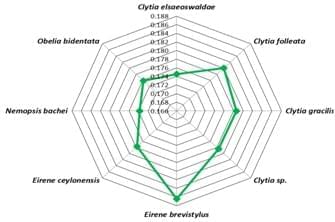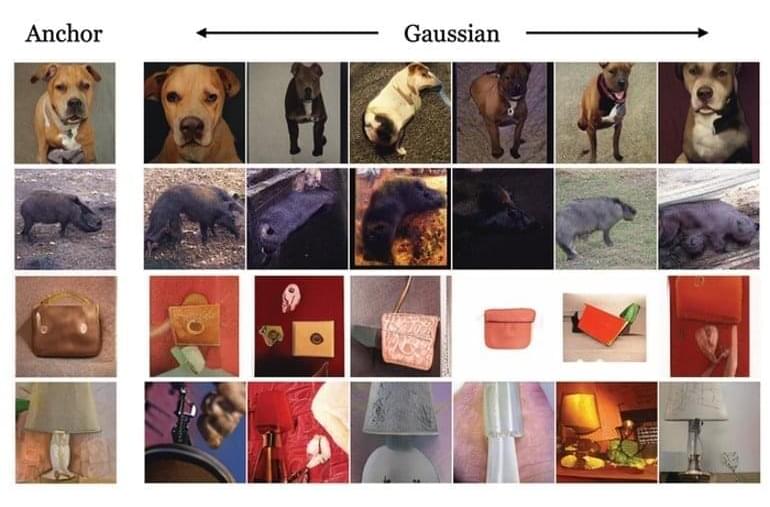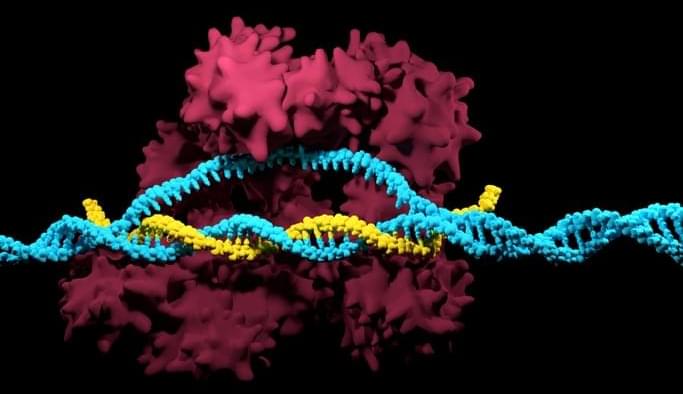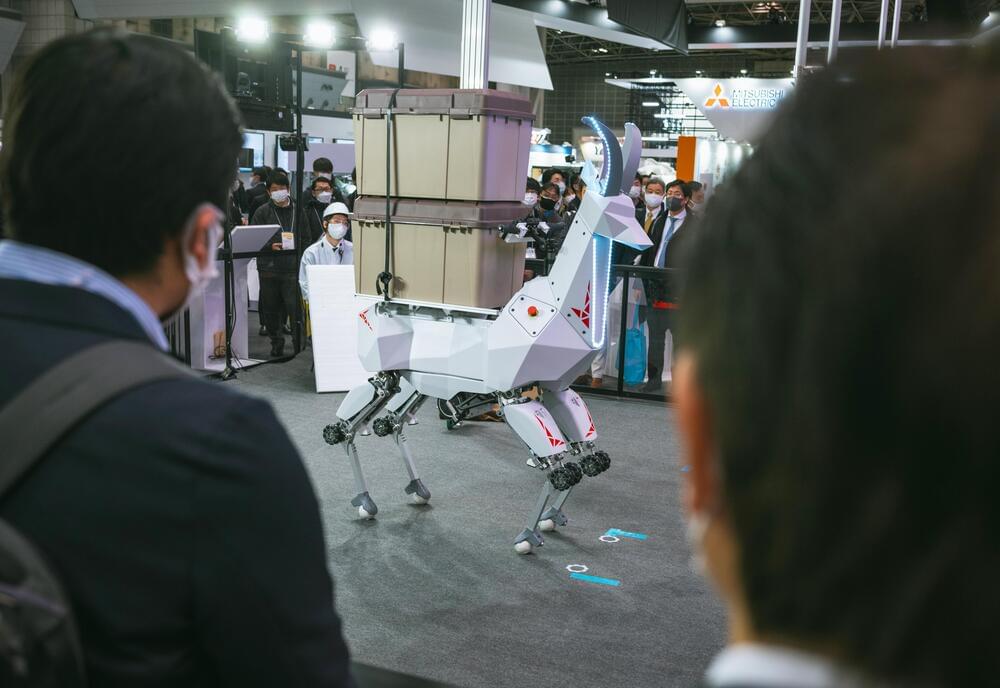Asteroid 2022 EB5 was too small to pose a hazard to Earth, but its discovery marks the fifth time that any asteroid has been observed before impacting into the atmosphere.



In the long term, Bezos hopes to develop the infrastructure that could enable humanity’s biggest goals in spaceflight — similar to how Amazon used innovations like the postal service to power its dreams decades later.
Bezos envisions giant orbiting cities, located close to Earth, that could enable humanity to expand to 1 trillion humans. The cities could feature leisure and recreation, or heavy industry that avoids polluting Earth nearby.
It could all start with flights like NS-20. Here’s what you need to know.

The video surprises viewers when it’s revealed that, while the woman on screen is a real person, the main character speaking is an AI. It aims to demonstrate how entertainment studios can leverage AI to create highly convincing romantic encounters. This marks a significant milestone for Sonantic as its technology is now able to recreate subtle emotions and non-speech sounds, while also opening up new creative possibilities for studios.
The voice models, which already express a range of human emotions from happiness to sadness, can now convey subtleties such as flirty, coy, and teasing, amongst other new “Style” options. They also have the ability to capture non-speech sounds – such as breaths, scoffs, and laughs. This combination of advances in speech synthesis makes Sonantic’s platform more comprehensive than ever before, helping entertainment studios create life-like performances in record time.
“Human beings are incredibly complex by nature and our voices play a critical role in helping us connect with the world around us,” said Zeena Qureshi, CEO. “Sonantic is committed to capturing the nuances of the human voice, and we’re incredibly proud of these technological breakthroughs that we have brought to life through ‘What’s Her Secret?’. From flirting and giggling, to breathing and pausing, this is the most realistic romantic demo we’ve created to date, helping us inch closer to our vision of being the CGI of audio.”

Immortal jellyfish could actually be the key to immortality and regeneration. This article talks more in depth of its importance in the search of immortality.
Turritopsis nutricula (T. nutricula) is the one of the known reported organisms that can revert its life cycle to the polyp stage even after becoming sexually mature, defining itself as the only immortal organism in the animal kingdom. Therefore, the animal is having prime importance in basic biological, aging, and biomedical researches. However, till date, the genome of this organism has not been sequenced and even there is no molecular phylogenetic study to reveal its close relatives. Here, using phylogenetic analysis based on available 16s rRNA gene and protein sequences of Cytochrome oxidase subunit-I (COI or COX1) of T. nutricula, we have predicted the closest relatives of the organism. While we found Nemopsis bachei could be closest organism based on COX1 gene sequence; T. dohrnii may be designated as the closest taxon to T. nutricula based on rRNA. Moreover, we have figured out four species that showed similar root distance based on COX1 protein sequence.
Keywords: Turritopsis nutricula, immortal jellyfish, trans-differentiation, phylogeny, relativeness.
Gerontologists and biologists reached a consensus “evolutionary theory of aging,” [1, 2] embedding aging research into the mainstream of biological research. T. nutricula is the one of the known hydrozoan in the animal kingdom that can revert back into the immature polyp stage after reaching sexual maturity, designating itself as the only immortal animal [3]. T. nutricula interplay with the polyp and sexual maturity stages by virtue of trans-differentiation process [4]. Theoretically, this process can go on indefinitely therefore, the organism can be considered as biologically immortal and does not experience aging. Hence, in the basic biology of aging research, the organism has found itself great importance [5]. If a cell or organism undergoes aging, there are two vital biological processes viz.

The best news of 2022, so far.
WASHINGTON, March 15 (Reuters) — The U.S. Senate on Tuesday passed legislation that would make daylight saving time permanent starting in 2023, ending the twice-annual changing of clocks in a move promoted by supporters advocating brighter afternoons and more economic activity.
The Senate approved the measure, called the Sunshine Protection Act, unanimously by voice vote. The House of Representatives, which has held a committee hearing on the matter, must still pass the bill before it can go to President Joe Biden to sign.
The White House has not said whether Biden supports it. A spokesman for House Speaker Nancy Pelosi declined to say if she supports the measure but said she was reviewing it closely.

Summary: Training a machine learning algorithm with synthetic data for image classification can rival one trained on traditional datasets.
Source: MIT
Huge amounts of data are needed to train machine-learning models to perform image classification tasks, such as identifying damage in satellite photos following a natural disaster. However, these data are not always easy to come by. Datasets may cost millions of dollars to generate, if usable data exist in the first place, and even the best datasets often contain biases that negatively impact a model’s performance.
Intelligent from Bing makes it easier to quickly find what you’re looking for and rewards you.
May 6, 2021 · Holograms that seem to have mass and can be touched have long been the stuff of science fiction. Now, they are science fact. Holograms with haptic feedback Tactile technology which creates haptic feedback has been used for years in entertainment (such as game controllers), rehabilitation therapy, and even surgical training.



Almost everyone is familiar with these terms, but not everyone knows what they really are.
Unless you’ve been living under a rock for the last few years, or live in some remote location on Earth, chances are you’ve heard the terms cryptocurrency and NFT. But, in your heart of hearts, do actually know what they are?
If not, then we highly recommend spending a few minutes of your day disentangling these commonly quoted terms. Your very future may, or may not, depend on it! you’ve ever wanted to know the difference between NFTs and cryptocurrencies, then we recommend you check out this brief guide.